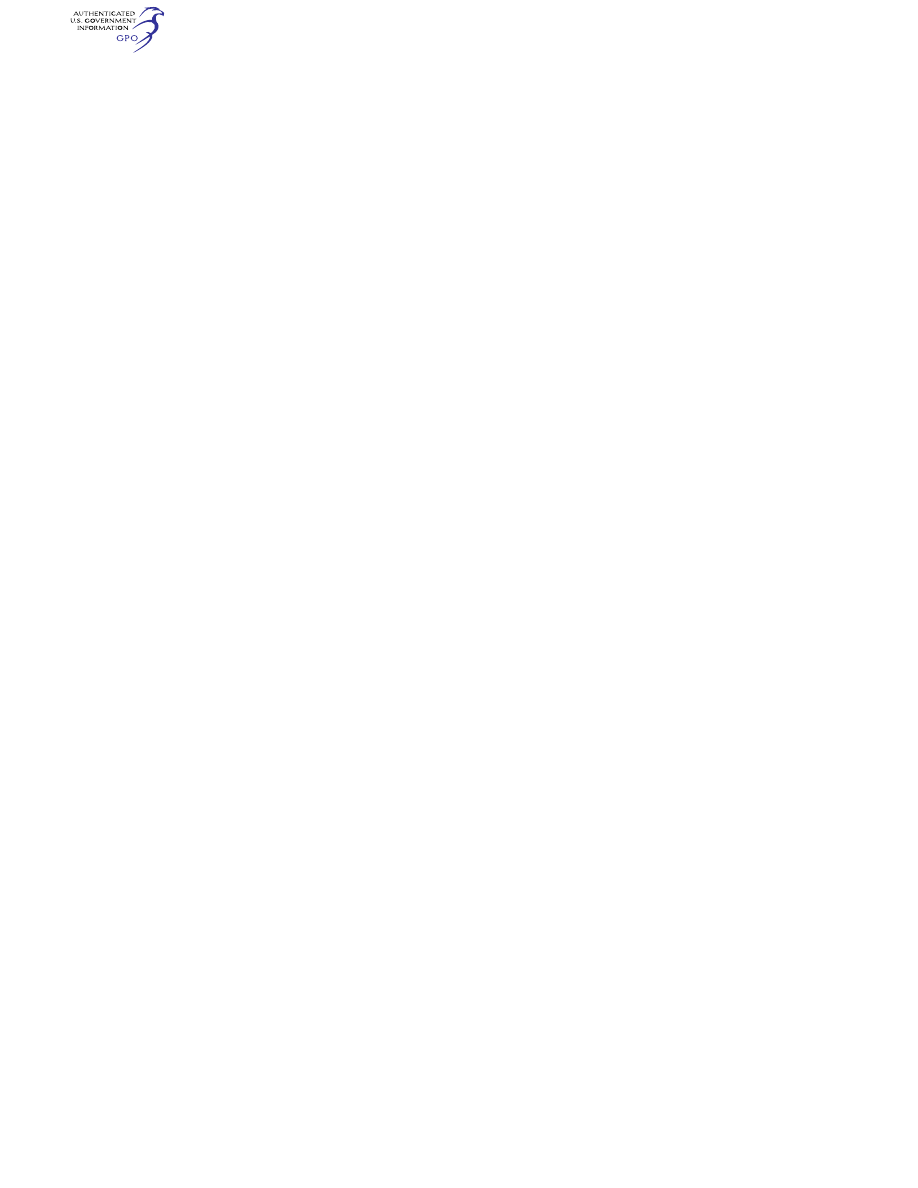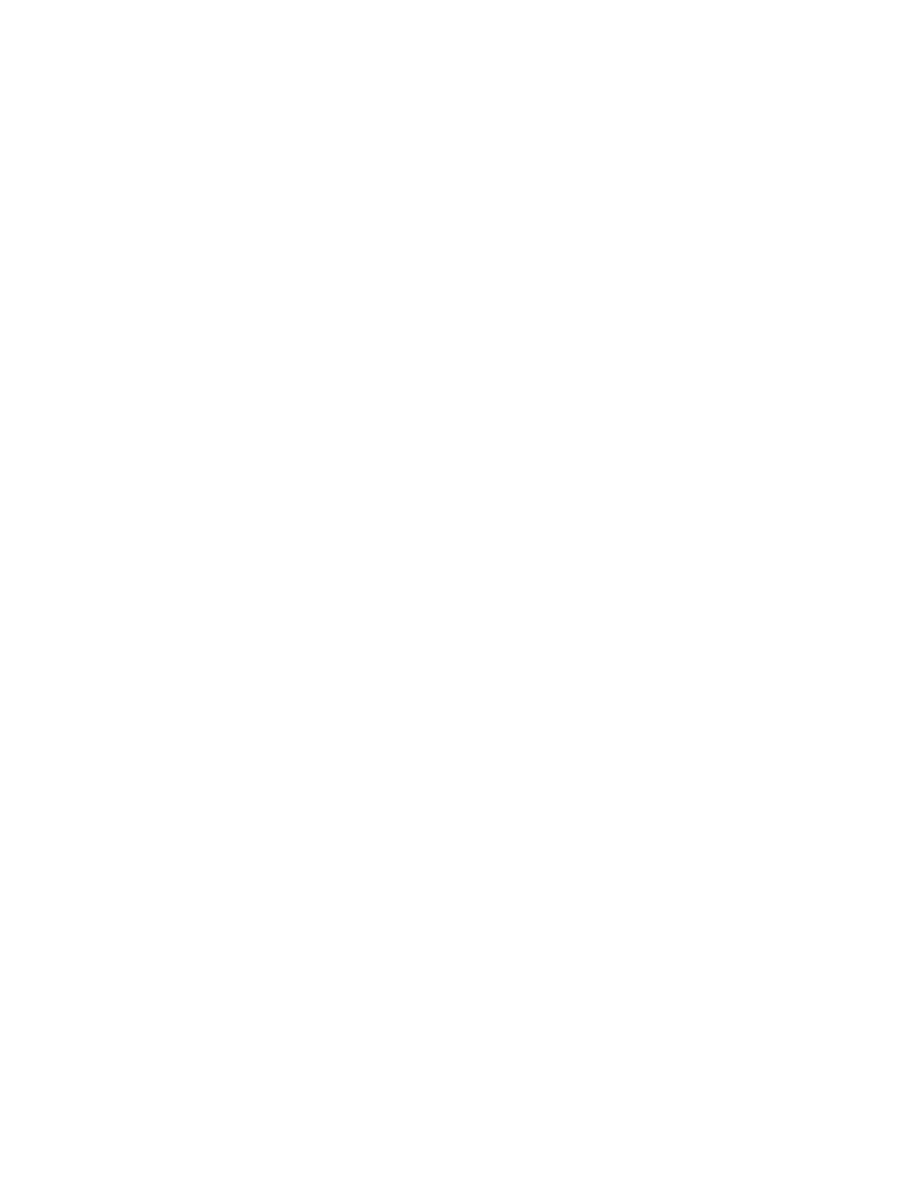
268
14 CFR Ch. I (1–1–24 Edition)
§ 25.655
(b) Compliance with the special fac-
tors requirements of §§ 25.619 through
25.625 and 25.657 for control surface
hinges must be shown by analysis or
individual load tests.
§ 25.655
Installation.
(a) Movable tail surfaces must be in-
stalled so that there is no interference
between any surfaces when one is held
in its extreme position and the others
are operated through their full angular
movement.
(b) If an adjustable stabilizer is used,
it must have stops that will limit its
range of travel to the maximum for
which the airplane is shown to meet
the trim requirements of § 25.161.
§ 25.657
Hinges.
(a) For control surface hinges, in-
cluding ball, roller, and self-lubricated
bearing hinges, the approved rating of
the bearing may not be exceeded. For
nonstandard bearing hinge configura-
tions, the rating must be established
on the basis of experience or tests and,
in the absence of a rational investiga-
tion, a factor of safety of not less than
6.67 must be used with respect to the
ultimate bearing strength of the soft-
est material used as a bearing.
(b) Hinges must have enough
strength and rigidity for loads parallel
to the hinge line.
[Amdt. 25–23, 35 FR 5674, Apr. 8, 1970]
C
ONTROL
S
YSTEMS
§ 25.671
General.
(a) Each control and control system
must operate with the ease, smooth-
ness, and positiveness appropriate to
its function.
(b) Each element of each flight con-
trol system must be designed, or dis-
tinctively and permanently marked, to
minimize the probability of incorrect
assembly that could result in the mal-
functioning of the system.
(c) The airplane must be shown by
analysis, tests, or both, to be capable
of continued safe flight and landing
after any of the following failures or
jamming in the flight control system
and surfaces (including trim, lift, drag,
and feel systems), within the normal
flight envelope, without requiring ex-
ceptional piloting skill or strength.
Probable malfunctions must have only
minor effects on control system oper-
ation and must be capable of being
readily counteracted by the pilot.
(1) Any single failure, excluding jam-
ming (for example, disconnection or
failure of mechanical elements, or
structural failure of hydraulic compo-
nents, such as actuators, control spool
housing, and valves).
(2) Any combination of failures not
shown to be extremely improbable, ex-
cluding jamming (for example, dual
electrical or hydraulic system failures,
or any single failure in combination
with any probable hydraulic or elec-
trical failure).
(3) Any jam in a control position nor-
mally encountered during takeoff,
climb, cruise, normal turns, descent,
and landing unless the jam is shown to
be extremely improbable, or can be al-
leviated. A runaway of a flight control
to an adverse position and jam must be
accounted for if such runaway and sub-
sequent jamming is not extremely im-
probable.
(d) The airplane must be designed so
that it is controllable if all engines
fail. Compliance with this requirement
may be shown by analysis where that
method has been shown to be reliable.
[Doc. No. 5066, 29 FR 18291, Dec. 24, 1964, as
amended by Amdt. 25–23, 35 FR 5674, Apr. 8,
1970]
§ 25.672
Stability augmentation and
automatic and power-operated sys-
tems.
If the functioning of stability aug-
mentation or other automatic or
power-operated systems is necessary to
show compliance with the flight char-
acteristics requirements of this part,
such systems must comply with § 25.671
and the following:
(a) A warning which is clearly distin-
guishable to the pilot under expected
flight conditions without requiring his
attention must be provided for any
failure in the stability augmentation
system or in any other automatic or
power-operated system which could re-
sult in an unsafe condition if the pilot
were not aware of the failure. Warning
systems must not activate the control
systems.
VerDate Sep<11>2014
09:06 Jun 28, 2024
Jkt 262046
PO 00000
Frm 00278
Fmt 8010
Sfmt 8010
Y:\SGML\262046.XXX
262046
jspears on DSK121TN23PROD with CFR
